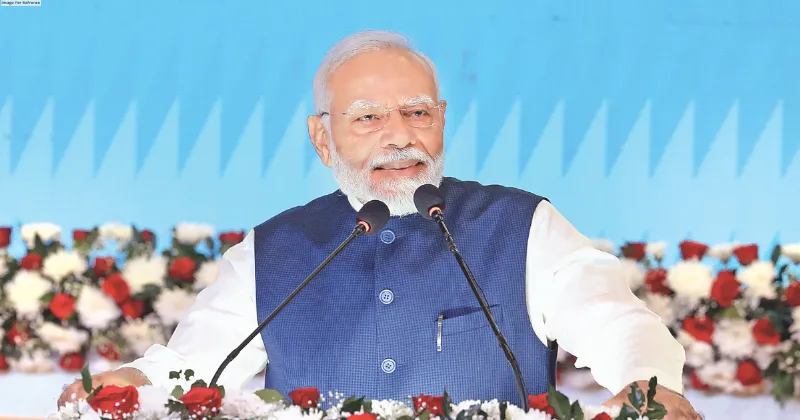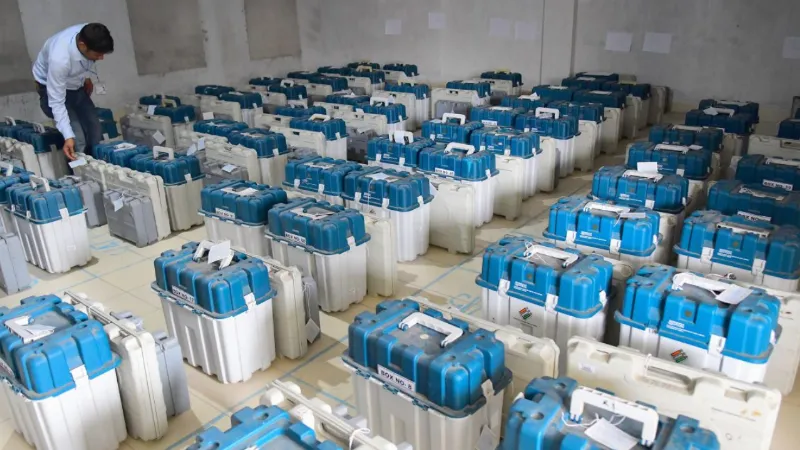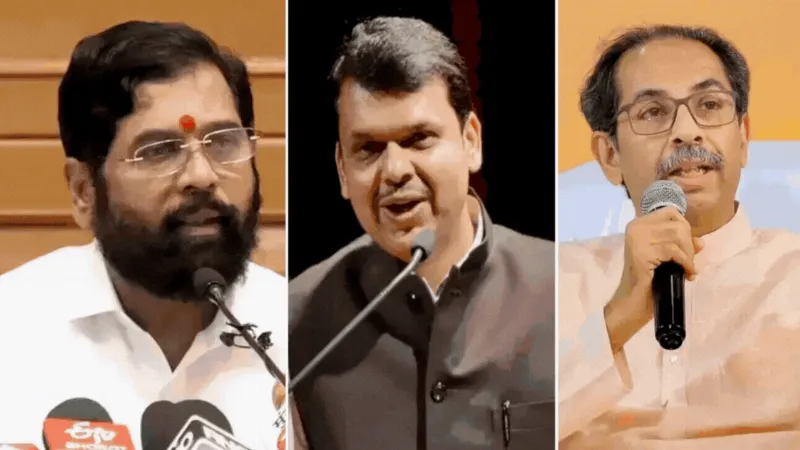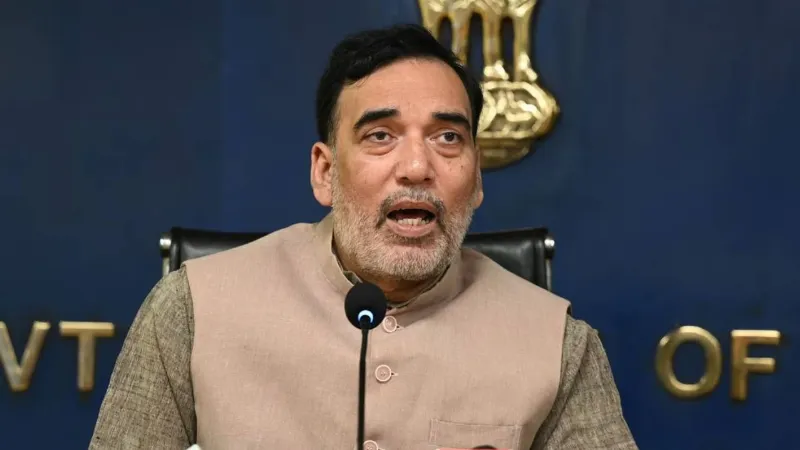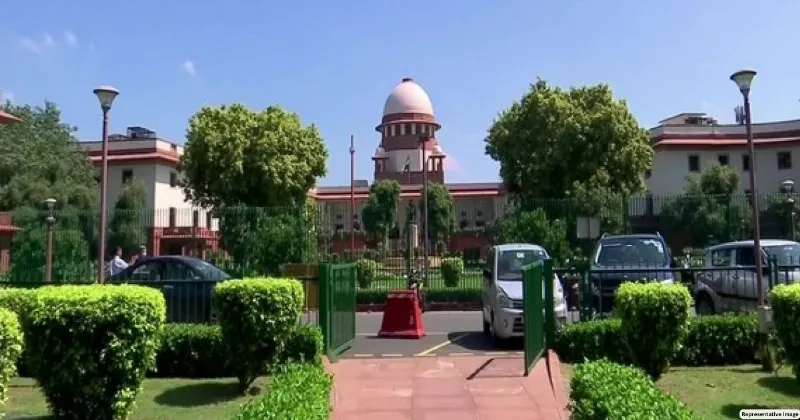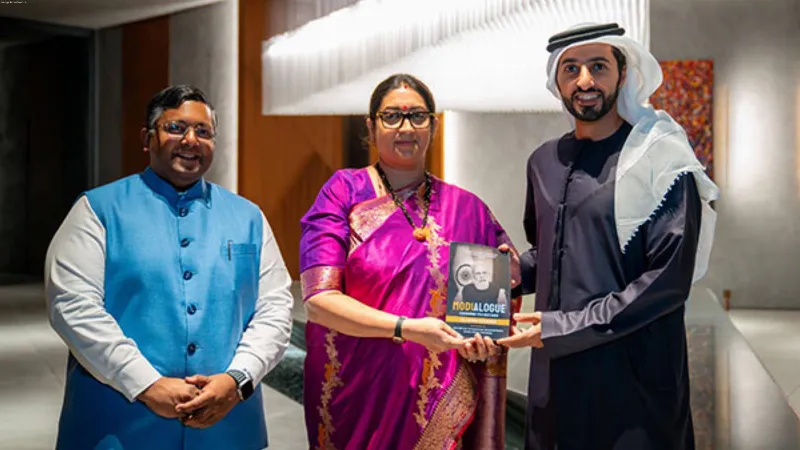Per capita income should also elevate with GDP growth

These days, India is making a robust presentation on the international platform, affirming its intention to emerge as third-largest global economy in the near future. Various international economic institutions, such as the IMF, World Bank, etc., appear to be in agreement with this economic analysis of India by providing numerous comparable data. PM Modi also seems to be very positive and enthusiastic in this regard, indicating that he has included this aspect in his upcoming electoral agenda. Although it seems indirectly integrated for now, Modi govt’s commitment to elevate India to the world’s thirdlargest economy is evident in recent statements. During his recent trip to America, he mentioned India becoming third-largest economic power before 2028 at the UN General Assembly. On the inauguration of Bharat Mandapam, he assured that his government will make India the thirdlargest economic power in the upcoming term. Another positive aspect of this perspective is that the IMF has estimated India’s annual growth rate at 6.1% for the fiscal year 2023-24 in its July 2023 report, compared to the previous estimate of less than 6%. In the recent IMF report, global economic growth rate has been estimated at 3%, while previous April report had pegged it at 2.8%. This improvement in the growth rate is undoubtedly due to the expansion of the Central Bank’s loan limits by the US and economic reforms in banking policies. Another positive aspect for India is that there has been a significant economic downturn in China during the April-June quarter, primarily due to a slowdown in the real estate sector. Despite lifting all restrictions related to COVID-19 pandemic in China, a significantly positive trend in economic growth is not yet apparent.
Here it is necessary to clarify that momentum for advancing globally is based on the growth of GDP sizes in all countries. Last year, when we achieved a milestone of over 3 trillion dollars, surpassing England, we have since then held fifth position globally. Undoubtedly, India’s economic journey over past three decades is remarkable. It is worthwhile to note that in 1991, India’s GDP was only around 0.3 trillion US$, which reached around only 0.52 trillion US$ by 2004. Then, in next decade, India’s GDP reached about 2 trillion US$, despite global crisis of the 2007 American recession. During last decade of the Modi era, India’s GDP reached 3.39 trillion dollars, making it world’s fifth-largest economy. By the end of 2023, it’s estimated to be around 3.75 trillion dollars. To become the third-largest economy, India will need to surpass Japan and Germany. As per IMF report, by 2028, India is projected to achieve a GDP of 5.58 trillion dollars, making it the world’s thirdlargest economy. During that period, Japan will be at 5.34 trillion dollars and Germany at 5.04 trillion dollars, ranking fourth and fifth respectively.
The dream of becoming the world’s third-largest economy is definitely making every Indian proud, but it’s also giving rise to a misconception that with the increase in GDP, the income of all Indians will also rise. In a country like India, where the economic reins have been on the shoulders of the private sector for the last two-three decades, the increase in economic inequality is 100 percent justified. What is needed is that we should focus on increasing the size of GDP as well as increasing per capita income in economic policies. These days, India has become the world’s most populous country by leaving behind China in population, but the ever-increasing unemployment and inflation rate have put about 80 percent of the society in financial distress. In this situation, how can an ordinary Indian see the journey towards becoming the thirdlargest economy in the world as a joyful dream? While the growth in GDP is positive, we should also pay attention to improving individual income. Currently, India ranks 125th in this aspect globally. A decade ago, the per capita income was around 80,000 rupees annually, which has now increased to more than 1.70 lakh rupees. However, around 80 crore people are still considered poor by the government whom they distribute free food . On the other hand, there’s an ongoing debate about whether free distribution is merely a political tactic, as there hasn’t been a clear focus on this aspect in economic policies for the inclusive development of the country.
Economic growth in various sectors such as manufacturing, services, and agriculture ultimately contributes to the expansion of GDP. At a fundamental level, this indicates progress, but we struggle to accept that a significant portion of the profit in a company ends up in the pockets of its owners, with a fraction left for shareholders and a minimal share for the workers who actually do all the hard work . This is the reason why the wealth gap in countries like India is steadily increasing between the rich and the poor. In the context of how inflation affects per capita income, the recent example of tomatoes, which are an important item in every kitchen, is quite relevant. As tomato prices have reached astronomical levels, a vegetable vendor these days is reluctant to stock tomatoes in large quantities, as a substantial portion of their daily expenses would be allocated just for tomatoes. This would prevent them from buying other vegetables in good quantities and might result in financial losses. Therefore, alongside boosting GDP size, the main objective of economic policies should be to elevate individual income to an ideal level. Only then will all Indians genuinely see the dream of reaching the third position in the world with heartfelt enthusiasm.
THE VIEWS EXPRESSED BY THE AUTHOR ARE PERSONAL
Dr PS Vohra The writer is a columnist & financial thinker

